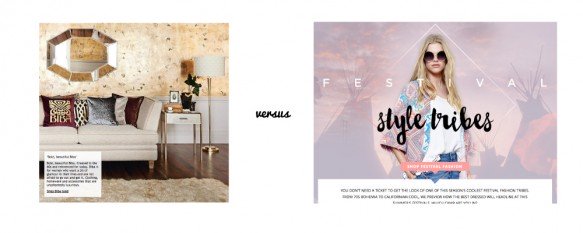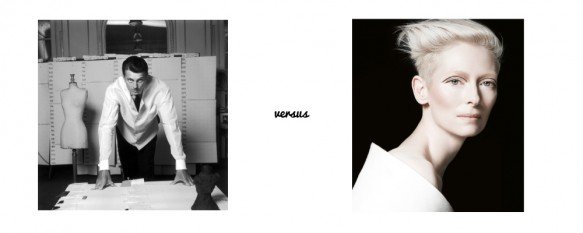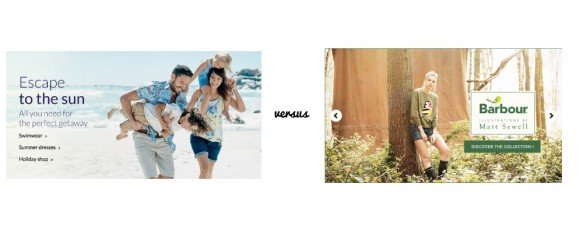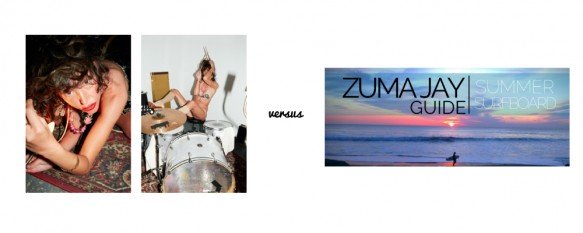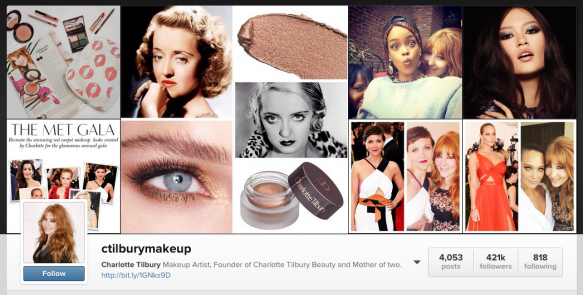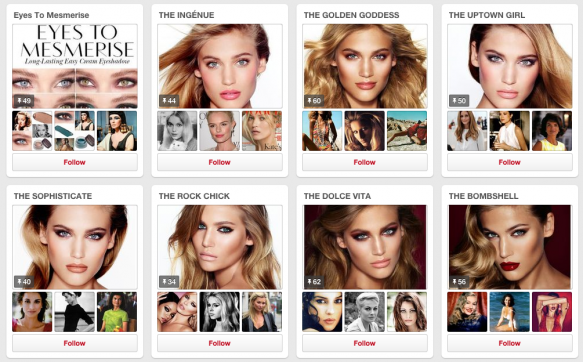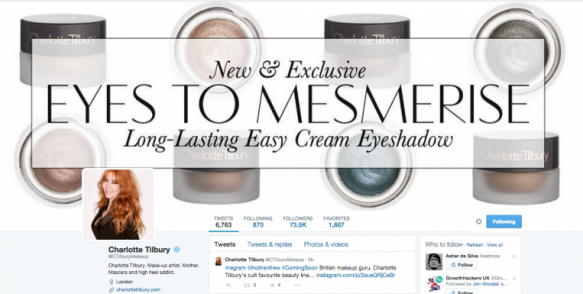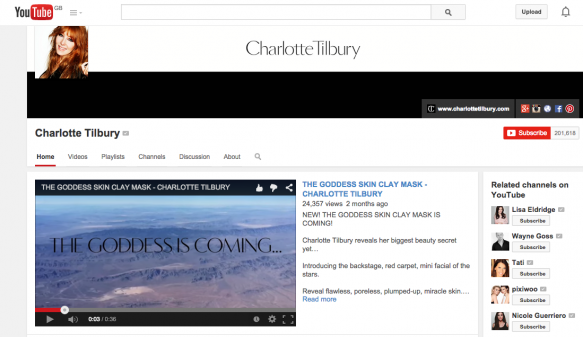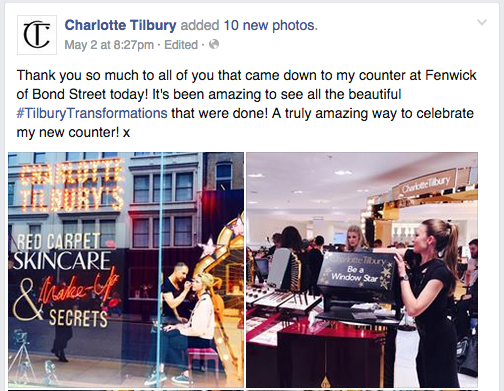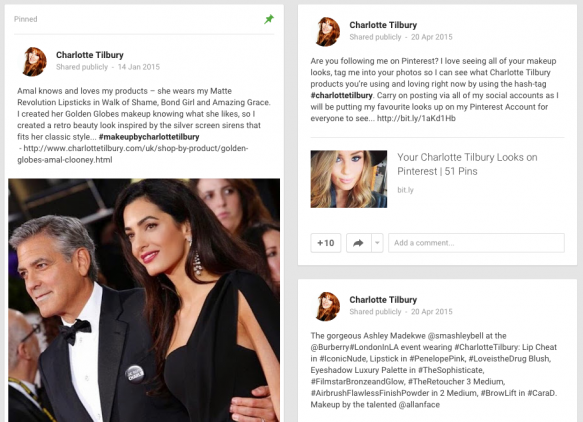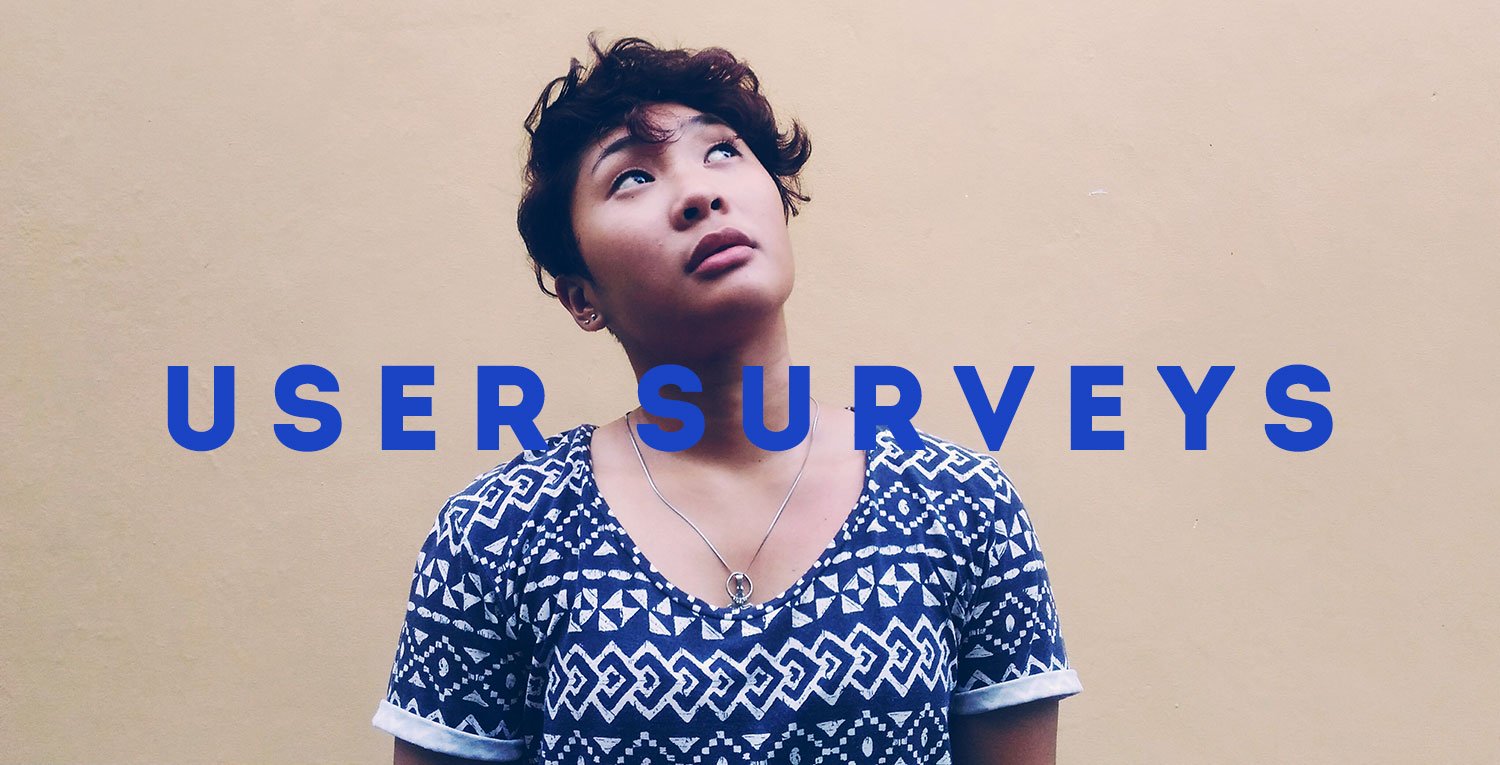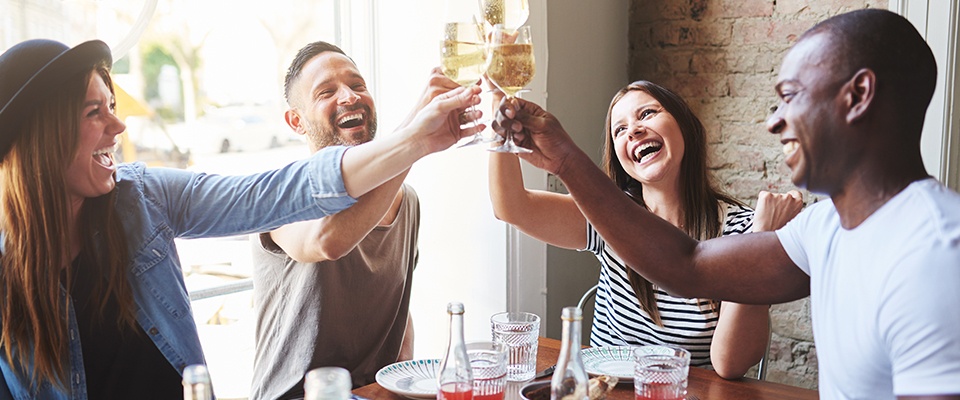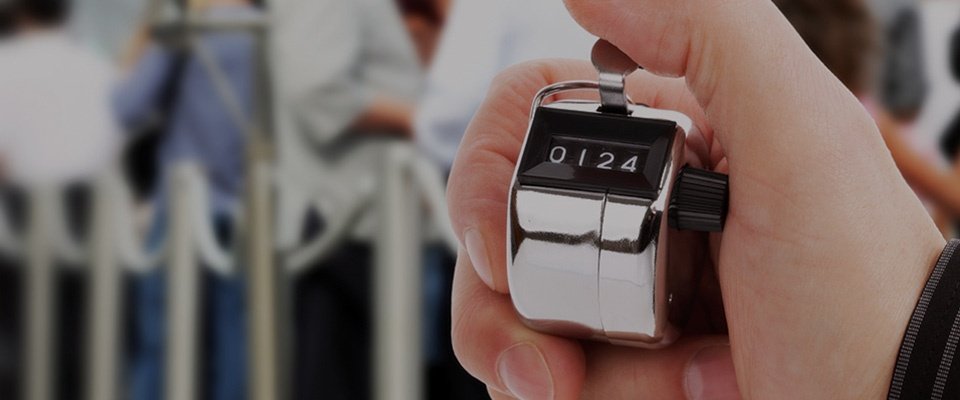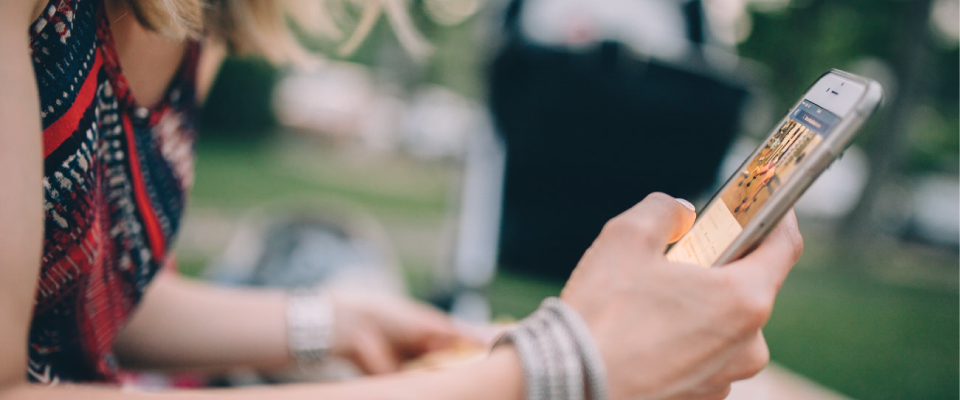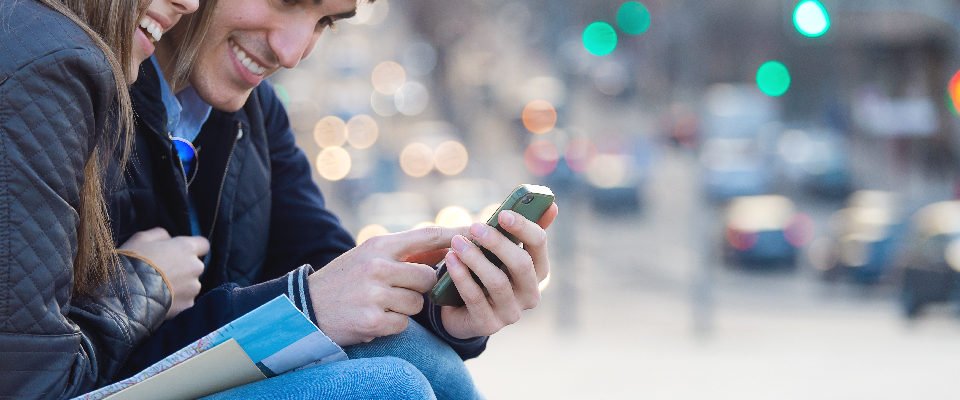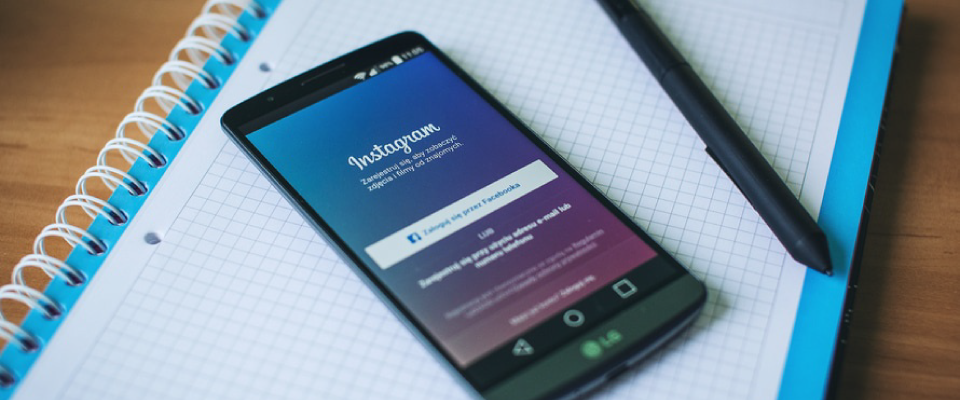
Social branding
The 2nd in series of visual language,
‘everything covered’.
So yesterday I reminisced on that old saying ‚Äòa picture is worth a thousand words’, my musings peppered with psychologically-based quotes from research. Today, let’s talk about your brand, the online persona that presents, and how to best leverage your design. The cohesion of your social branding. I’ll support this with lots of examples!
So if images are easily understood, quickly decoded, and etched on your memory, then we really need to get this right. Why reach out to the social platforms and extend your shop front via the accessible omnichannel presence that social media offers you if you are only going to put half a thought into it?
Paint a picture for your customers.
You have more than likely spent a fair deal of money on your brand and your site. Your brand will comprise of your logo and the approved variations, the fonts that perfectly harmonise with your logo and speak volumes about your product/service/culture, the colours which create your unique symphony. Hopefully, your brand pack also mentions the type of language, the voice that your company is allowed to speak through (if not, fear not, we will cover this soon, briefly mentioned here in ‚’brand voice’) and also the style of images, photography and illustrations, that are approved to pair with your logo, or even sit on your site.
Let’s look at your site and what you are selling, do your merchandising images sell themselves? Your visuals (in this case photography and illustration) shout out about you, they are part of your social branding and they engage with your target customers, captivating them inwards. Each image can suggest a variation of emotions and evoke associated values, for example:
- A monetary value – perhaps they glitter with gold, suggest fine dining, intellectual conversation or maybe they shout about how well priced and available they are, simple and bold.

- A history – heritage can be conjured up using well-chosen images that suggest a story, or maybe it’s brand new, never been seen and fresh.

- An ambiance – the lighting, colour washes, gradients, landscapes, even clothing, facial expressions and hand gestures can suggest different emotions.

- An attitude – are they bold, brash and punky or chilled, calming and amiable?

Think about the core value for each network
So many stories can be told with one singular image. Now there is no point in just taking any old image from your site, swiftly reusing and repurposing it. Yes you have one core brand voice and personality (consistency is key!) BUT each of the networking sites can be used to speak to a particular group or emotion of your intended audience. Your audience will use each of the networks in a different way entirely.
Let’s take a good example, Charlotte Tilbury Cosmetics and look at how Charlotte’s brand interacts with her networks and what her social shares cover:
Instagram for more of the ‚Äòbehind the scenes’ and ‚Äòpopular pal’ types of posts.
Pinterest for the ‘looks’.
Twitter for general updates, offers, shares, community and love.
YouTube is all about the ‚Äòtips of the trade’ and ‚Äòteaser’ ads.
Facebook it gets a little more personal, community-led and offers based.
Google+ becomes more of a showcase, a mixture of the most important updates.
So you need to have a look at each platform, decide what your goal is, where your value lies, who you can reach out to. You can get a few tips over here in the section ‚’What Channels Should I Use?’. Have a look at what your direct competitors are doing, how they utilise each site, but don’t imitate, you’ll only muddy the waters and remind your viewers of the other brand and that will simply backfire.
The stats
If you share visually compelling images that speak volumes about your brand then you’re on the right track as studies show that visuals gather much more traction in the world of shares. If we simply look at two of the big players in the social world, you’ll see the great improvement that they add:
Twitter studies: tweets with accompanying images boast a 35% increase in retweets!
Facebook studies: posts with images make up 87% of the shares!
Now we need to talk about sizes, not only do you NOT want to simply repurpose and reuse the same images across each network as the story needs to differ, but also because the optimum sizes differ drastically. For the next in the series I will be covering the optimum sizes of visual posts, profile pictures and headers. Have a great weekend!

